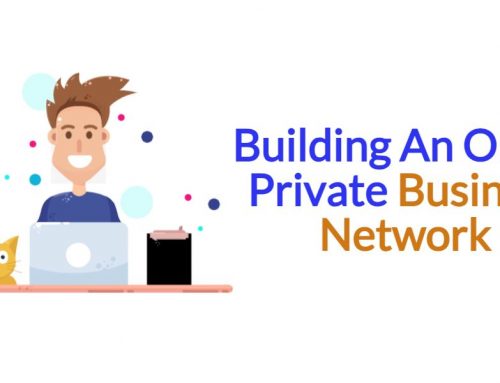Giving Business Advice for Free
Have you ever given someone free business advice, only to discover that they did not act on it? When someone pays for advice, they are more likely to actively use it and benefit from it. This doesn’t apply for everyone, and there are many people who accept and act on advice that is freely shared. However, for many cases, what I have said is true, and when this happens it reveals a larger issue.
People don’t value something that was given to them for free. When you give someone advice, be it a client, customer or friend, they may say thank you for your time. However, you are not offering them advice simply for a compliment – you are offering them advice to because you want them to benefit from it. You want them to act on it, use it and generate the results they are hoping for. If a client or lead wants your advice but they are not willing to pay for it, it’s time to look at your client.
If your client or lead is just seeking to suck away your time and expertise, they may never pay for your services. Not all clients are like this, but I have dealt with some who want to get as much as they can for free and aren’t serious about paying for any of your services. These types of people will try to do everything themselves, end up taking three times as long to be where they want and might never even get to where they want to be. If you are dealing with someone like this, I suggest you move on and try to find a client who needs your help and wants to work with someone who can provide good value.
When you get a new client, try to make an agreement about how they want to solve their problem and that you will be the one to help them with it. Outline how you will help them and what results you will get. If they say they want your help, tell them that you will get a proposal to them within 24 hours. This gives you the chance to engage with a prospect in a meaningful way and avoid giving out free advice. After all, giving away all your advice and knowledge for free would not be fair on your paying clients now would it?
There are some situations where you might surrender your control to take a more passive stance, while other times you may exert control over unpredictable situations. The right path is somewhere in the middle, and the key is to do what you can to influence a positive outcome while recognising at which point you may no longer be in control. This goes for making difficult decisions; you must find the facts, compare the pros and cons and make a choice. Then, once that is done, you must understand that the result of your decision is not within your control.
Regret only comes when you have made a hasty move or committed to a path without being properly informed. Following a structured algorithm for decision making will help you live with the consequences of your choice, whether they be positive or unexpected. Decisions aren’t always fun and easy to make, but they are always challenging and often rewarding, and with the right practice, decisions can turn into something manageable.







